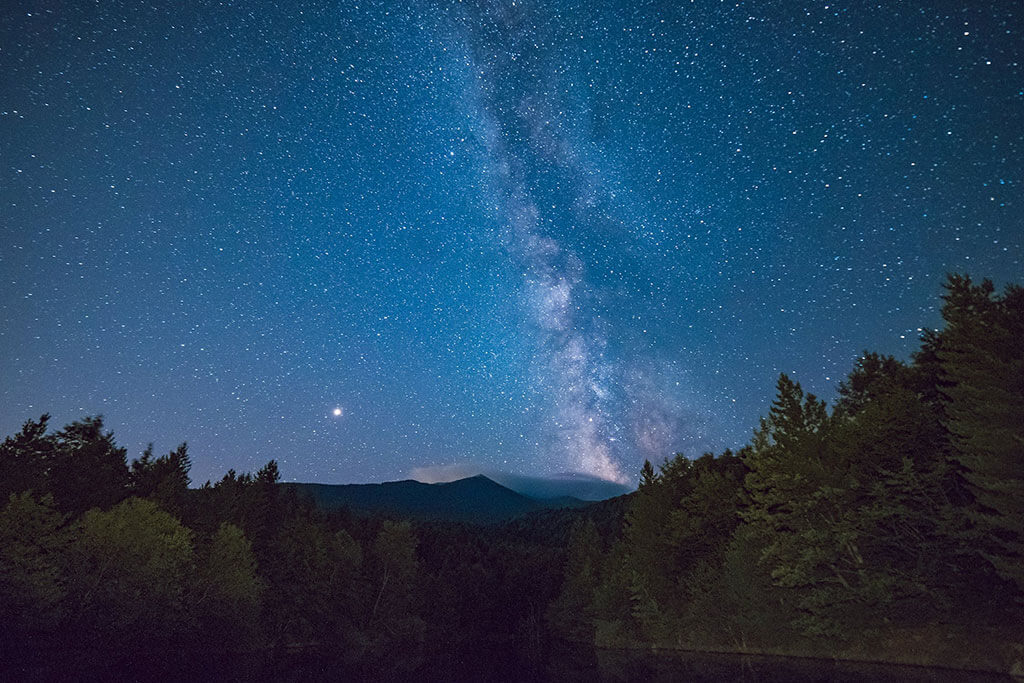
20
March
March Equinox
The Sun will shine directly on the Earth's equator, casting both north and south hemispheres in equal day and night. It's the first day of spring in the north and the first day of fall in the south.

25
May
Penumbral Lunar Eclipse
The first eclipse of 2013 visible in North America- at least most of it. The moon will pass through the Earth's penumbra, causing subtle darkening on the Moon's surface.

28
May
Conjunction of Venus & Jupiter
In the evening sky, Jupiter and Venus will be within 1 degree of each other. Look west near sunset for the sight, and see if you can spot Mercury lurking nearby.

10
May
Annular Solar Eclipse
The annular Solar Eclipse will begin in western Australia, then move east across the central pacific ocean.

28
April
Saturn at Opposition
The ringed planet will be at its closest approach to the Earth. This is the best time to observe and photograph the planet and its moons.

25
April
Partial Lunar Eclipse
There is a partial lunar eclipse visible from Africa, Europe, Asia and Australia. Sorry North Americans, we're out of luck for this one. But if you're travelling over seas, you could have a neat sight if you look up!

16
April
Lyrids Meteor Shower
The Lyrids are a fairly average shower producing about 20 meteors an hour. You should probably be able to see bright dust trails (giving that 'fireball' effect) for several seconds. The shower begins around April 16th, peaking on April 21st & 22nd, then finally tapering off on April 25th. The gibbous moon could hide some of the fainter meteors, but it sets just before sunrise. The 2013 Lyrids are best seen after midnight, and during the short dark sky window just before dawn.
